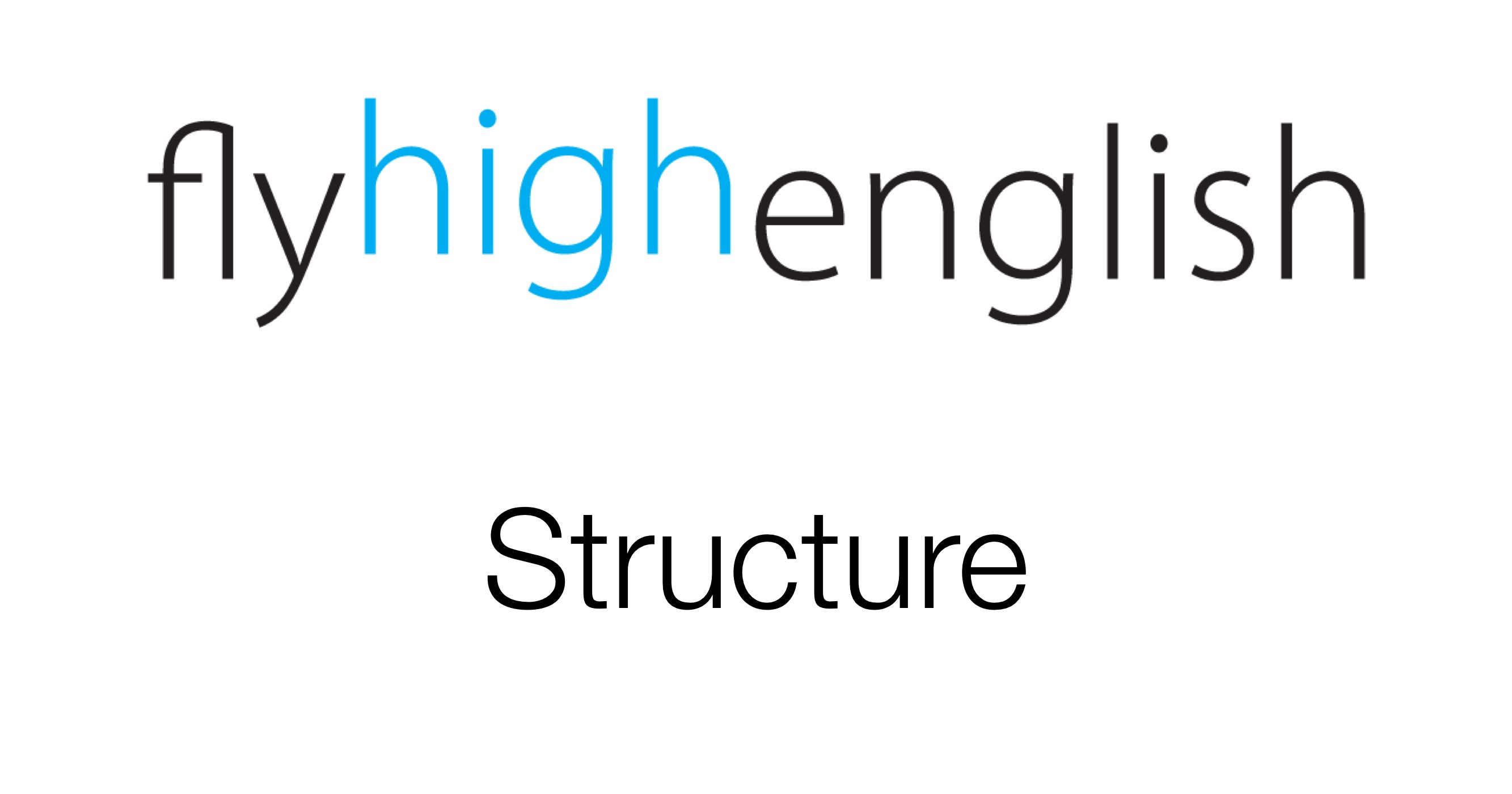
This week’s video describes how to become an airline captain. Watch to find out.
Try to answer the following questions about the video and come back on Monday for the answers.
Suggested ICAO level for video: 5+
- According to the video, how many flight hours are necessary to be eligible for an upgrade?
- What is the PICUS program for?
- What’s necessary after the PICUS program?
- What do the first lessons in the simulator focus on?
- How does the co-pilot perform his/her duties during this training?
- Which co-pilots do some airlines organise to fly with newly qualified captains for an initial period?
Follow us on twitter here, Facebook here or Google+ here for more great content!
Have a great weekend!
How do you become an AIRLINE CAPTAIN?
INSTAGRAM FLYWITHCAPTAINJOE: https://goo.gl/TToDlg MY WEBSITE: https://goo.gl/KGTSWK ►STAY INFORMED: https://goo.gl/ByheuP ◄ NEW FACEBOOK PAGE: https://goo.gl/heUKGb ——————————— ▼▼My FLIGHT-KIT I highly recommend for you guys▼▼ MY HEADSET: https://amzn.to/2CrTrzz MY SUNGLASSES: https://amzn.to/2VY6FNo MY PILOT BAG: https://amzn.to/2DiWKux Company iPad: https://amzn.to/2W1zM2n ▼▼The VIDEO EQUIPMENT I use in my studio and outdoors▼▼ MY CAMERA: https://amzn.to/2T1VK3g LIGHTING: https://amzn.to/2szSRv4 IN-FLIGHT RECORDINGS: https://amzn.to/2VY7A0g ———————————- Dear friends and followers!



